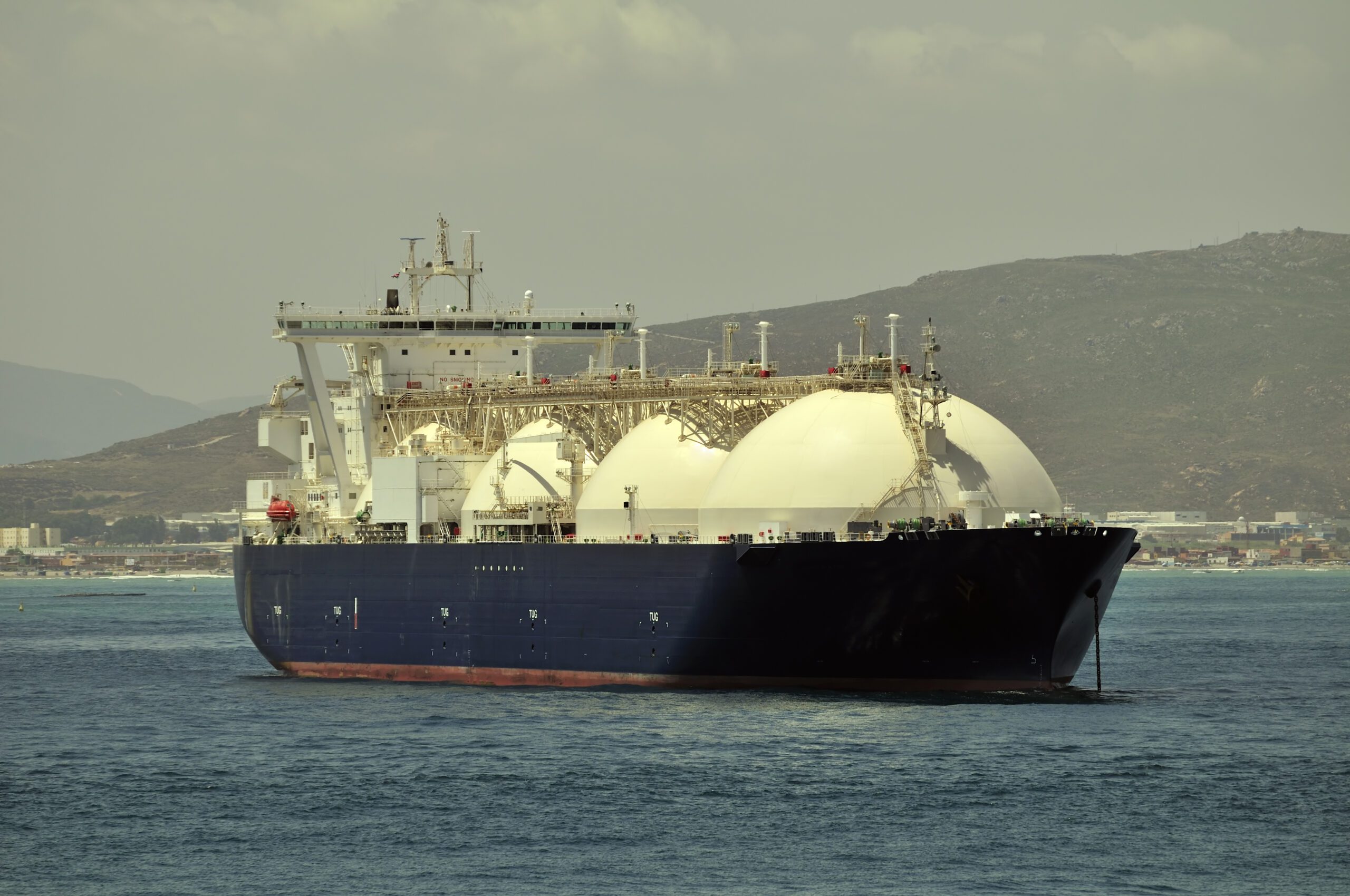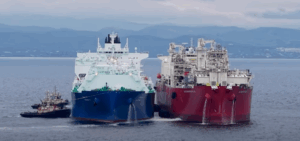“The Mediterranean becoming an Emission Control Area will increase interest in LNG,” Jason Stefanatos, global decarbonization director at DNV, has told S&P Global Commodity Insights. “We expect that many business cases, for the use of LNG, would change for these vessels compared to the past.”
Jason’s comments come as the region prepares to introduce stricter limits on maritime emissions in 2025.
The move will reduce the sulfur cap of marine fuels, a move that could push up traditional bunkering costs.
The International Maritime Organization adopted new rules late last year that will see the Mediterranean become an Emission Control Area (ECA) as of May 1, 2025, reducing the sulfur cap of marine fuels, in a development that has won praises from environmentalists but could push up traditional bunkering costs.
Compared with heavy fuel oil, the use of LNG could reduce nitrogen oxide emissions by up to 80% and almost eliminates sulfur oxide emissions and particulate matter, according to maritime classification society DNV.
The move also comes at a time when the global LNG-fuelled fleet is being built out, according to the DNV. LNG-fuelled vessels account for the largest share of the alternative-fuelled ship orderbook, the body added.
Currently, there are some 438 LNG ships in operation, with 97 on order. But the DNV predicts that, by 2025, some 425 ships will be on order, reaching 505 in 2026.
While the majority of the 978 LNG-fuelled ships currently in operation operate globally, 19% operate exclusively in Europe. Followed by Asia at 8% and America at 5%.
Alternative-fuelled ships on order make up 16.28% of the total orderbook worldwide, of which 10.30% are LNG-fuelled vessels and 3.58% are methanol-fuelled ships.
“There is a clear steady increase of LNG bunkering in the Mediterranean in the past year and we would expect more,” Stefanatos said.
Stefanatos said that, when the North Sea become an ECA in 2015, the industry saw this trend play out, suggesting the same could potentially be true for the Mediterranean, although he added that the conditions are quite different.
Source: S&P Global Commodity Insights



